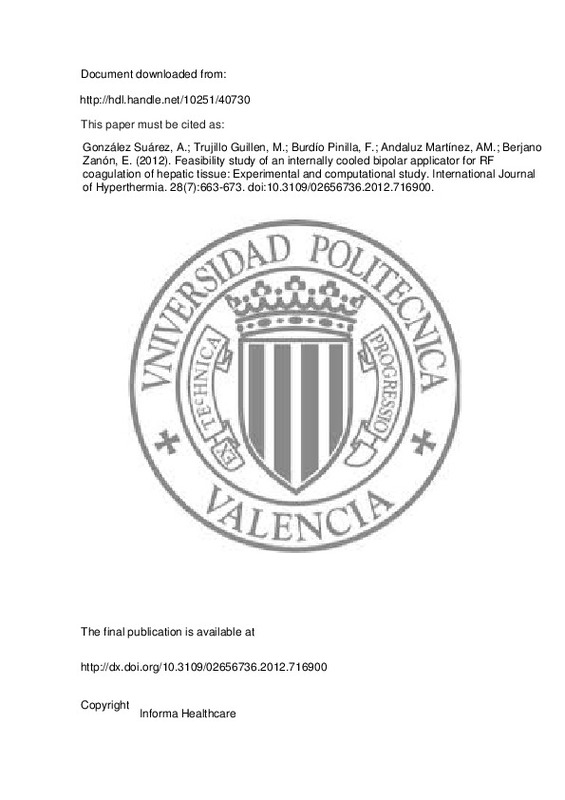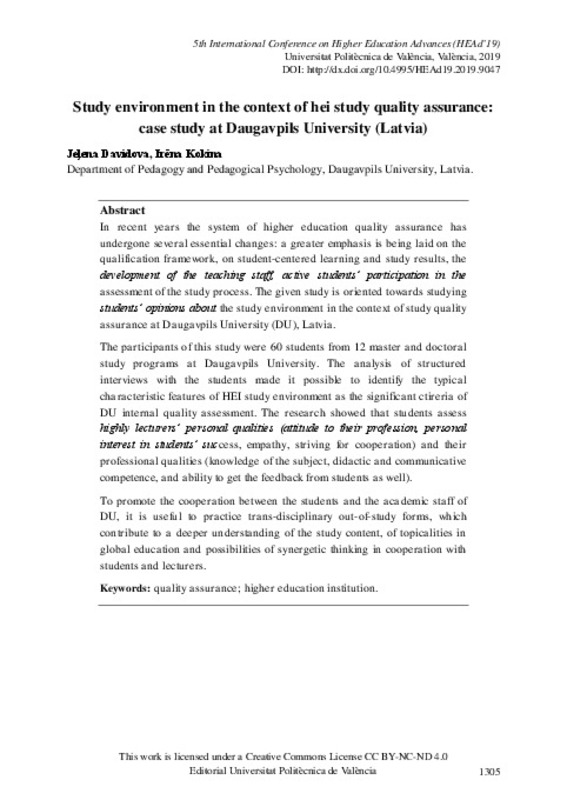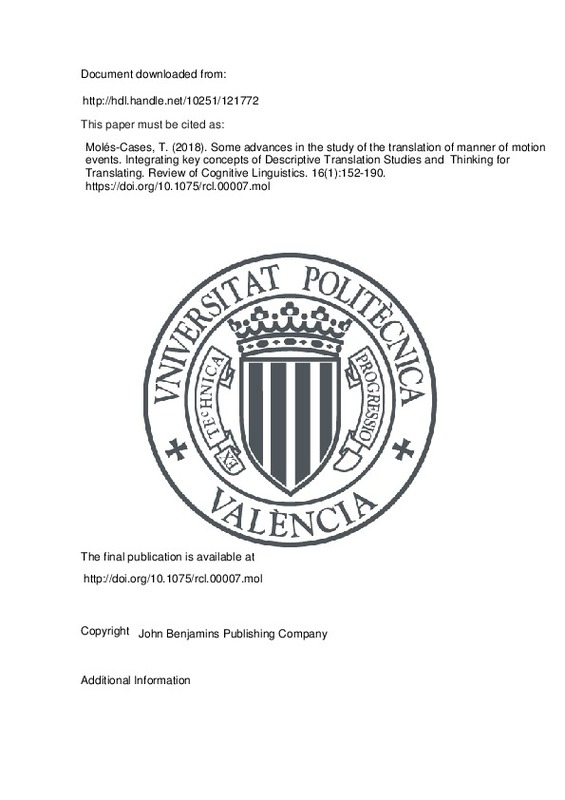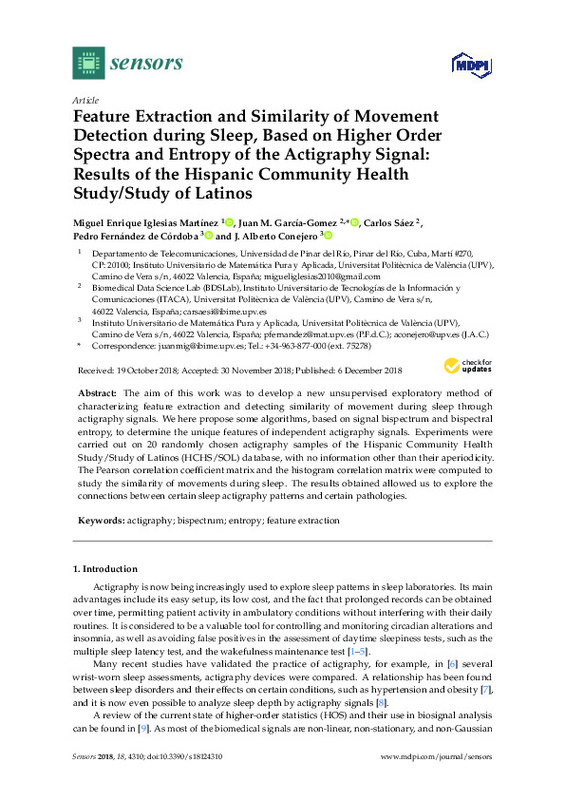Topp, S. A., McClurken, M., Lipson, D., Upadhya, G. A., Ritter, J. H., Linehan, D., & Strasberg, S. M. (2004). Saline-Linked Surface Radiofrequency Ablation. Annals of Surgery, 239(4), 518-527. doi:10.1097/01.sla.0000118927.83650.a4
Gnerlich, J. L., Ritter, J. H., Linehan, D. C., Hawkins, W. G., & Strasberg, S. M. (2009). Saline-Linked Surface Radiofrequency Ablation. Annals of Surgery, 250(1), 96-102. doi:10.1097/sla.0b013e3181ae91af
Sakamoto, Y., Yamamoto, J., Kokudo, N., Seki, M., Kosuge, T., Yamaguchi, T., … Makuuchi, M. (2004). Bloodless liver resection using the Monopolar Floating Ball plus Ligasure diathermy: Preliminary results of 16 liver resections. World Journal of Surgery, 28(2), 166-172. doi:10.1007/s00268-003-7167-5
[+]
Topp, S. A., McClurken, M., Lipson, D., Upadhya, G. A., Ritter, J. H., Linehan, D., & Strasberg, S. M. (2004). Saline-Linked Surface Radiofrequency Ablation. Annals of Surgery, 239(4), 518-527. doi:10.1097/01.sla.0000118927.83650.a4
Gnerlich, J. L., Ritter, J. H., Linehan, D. C., Hawkins, W. G., & Strasberg, S. M. (2009). Saline-Linked Surface Radiofrequency Ablation. Annals of Surgery, 250(1), 96-102. doi:10.1097/sla.0b013e3181ae91af
Sakamoto, Y., Yamamoto, J., Kokudo, N., Seki, M., Kosuge, T., Yamaguchi, T., … Makuuchi, M. (2004). Bloodless liver resection using the Monopolar Floating Ball plus Ligasure diathermy: Preliminary results of 16 liver resections. World Journal of Surgery, 28(2), 166-172. doi:10.1007/s00268-003-7167-5
Poon, R. T., Fan, S. T., & Wong, J. (2005). Liver resection using a saline-linked radiofrequency dissecting sealer for transection of the liver. Journal of the American College of Surgeons, 200(2), 308-313. doi:10.1016/j.jamcollsurg.2004.10.008
EVERETT IV, T. H., LEE, K. W., WILSON, E. E., GUERRA, J. M., VAROSY, P. D., & OLGIN, J. E. (2008). Safety Profiles and Lesion Size of Different Radiofrequency Ablation Technologies: A Comparison of Large Tip, Open and Closed Irrigation Catheters. Journal of Cardiovascular Electrophysiology, 20(3), 325-335. doi:10.1111/j.1540-8167.2008.01305.x
Yokoyama, K., Nakagawa, H., Wittkampf, F. H. M., Pitha, J. V., Lazzara, R., & Jackman, W. M. (2006). Comparison of Electrode Cooling Between Internal and Open Irrigation in Radiofrequency Ablation Lesion Depth and Incidence of Thrombus and Steam Pop. Circulation, 113(1), 11-19. doi:10.1161/circulationaha.105.540062
Demazumder, D., Mirotznik, M. S., & Schwartzman, D. (2001). Journal of Interventional Cardiac Electrophysiology, 5(4), 391-400. doi:10.1023/a:1013241927388
Cooper, J. M., Sapp, J. L., Tedrow, U., Pellegrini, C. P., Robinson, D., Epstein, L. M., & Stevenson, W. G. (2004). Ablation with an internally irrigated radiofrequency catheter: Learning how to avoid steam pops. Heart Rhythm, 1(3), 329-333. doi:10.1016/j.hrthm.2004.04.019
Burdío, F., Grande, L., Berjano, E., Martinez-Serrano, M., Poves, I., Burdío, J. M., … Güemes, A. (2010). A new single-instrument technique for parenchyma division and hemostasis in liver resection: a clinical feasibility study. The American Journal of Surgery, 200(6), e75-e80. doi:10.1016/j.amjsurg.2010.02.020
Ríos, J. S., Zalabardo, J. M. S., Burdio, F., Berjano, E., Moros, M., Gonzalez, A., … Güemes, A. (2011). Single Instrument for Hemostatic Control in Laparoscopic Partial Nephrectomy in a Porcine Model Without Renal Vascular Clamping. Journal of Endourology, 25(6), 1005-1011. doi:10.1089/end.2010.0557
Dorcaratto, D., Burdío, F., Fondevila, D., Andaluz, A., Poves, I., Martinez, M. A., … Grande, L. (2012). Laparoscopic Distal Pancreatectomy: Feasibility Study of Radiofrequency-Assisted Transection in a Porcine Model. Journal of Laparoendoscopic & Advanced Surgical Techniques, 22(3), 242-248. doi:10.1089/lap.2011.0417
Zeh, A., Messer, J., Davis, J., Vasarhelyi, A., & Wohlrab, D. (2010). The Aquamantys System—An Alternative To Reduce Blood Loss in Primary Total Hip Arthroplasty? The Journal of Arthroplasty, 25(7), 1072-1077. doi:10.1016/j.arth.2009.10.008
Sprunger, J., & Herrell, S. D. (2005). Partial Laparoscopic Nephrectomy Using Monopolar Saline-Coupled Radiofrequency Device: Animal Model and Tissue Effect Characterization. Journal of Endourology, 19(4), 513-519. doi:10.1089/end.2005.19.513
Voeller, R. K., Zierer, A., Lall, S. C., Sakamoto, S., Schuessler, R. B., & Damiano, R. J. (2010). Efficacy of a novel bipolar radiofrequency ablation device on the beating heart for atrial fibrillation ablation: A long-term porcine study. The Journal of Thoracic and Cardiovascular Surgery, 140(1), 203-208. doi:10.1016/j.jtcvs.2009.06.034
Pai, M., Spalding, D., Jiao, L., & Habib, N. (2012). Use of Bipolar Radiofrequency in Parenchymal Transection of the Liver, Pancreas and Kidney. Digestive Surgery, 29(1), 43-47. doi:10.1159/000335732
Berjano, E. J. (2006). BioMedical Engineering OnLine, 5(1), 24. doi:10.1186/1475-925x-5-24
Tungjitkusolmun, S., Staelin, S. T., Haemmerich, D., Jang-Zern Tsai, Hong Cao, Webster, J. G., … Vorperian, V. R. (2002). Three-dimensional finite-element analyses for radio-frequency hepatic tumor ablation. IEEE Transactions on Biomedical Engineering, 49(1), 3-9. doi:10.1109/10.972834
Doss, J. D. (1982). Calculation of electric fields in conductive media. Medical Physics, 9(4), 566-573. doi:10.1118/1.595107
Abraham, J. P., & Sparrow, E. M. (2007). A thermal-ablation bioheat model including liquid-to-vapor phase change, pressure- and necrosis-dependent perfusion, and moisture-dependent properties. International Journal of Heat and Mass Transfer, 50(13-14), 2537-2544. doi:10.1016/j.ijheatmasstransfer.2006.11.045
Jo, B., & Aksan, A. (2010). Prediction of the extent of thermal damage in the cornea during conductive keratoplasty. Journal of Thermal Biology, 35(4), 167-174. doi:10.1016/j.jtherbio.2010.02.004
Pearce, J., Panescu, D., & Thomsen, S. (2005). Simulation of diopter changes in radio frequency conductive keratoplasty in the cornea. Modelling in Medicine and Biology VI. doi:10.2495/bio050451
Yang, D., Converse, M. C., Mahvi, D. M., & Webster, J. G. (2007). Expanding the Bioheat Equation to Include Tissue Internal Water Evaporation During Heating. IEEE Transactions on Biomedical Engineering, 54(8), 1382-1388. doi:10.1109/tbme.2007.890740
Zhao, G., Zhang, H.-F., Guo, X.-J., Luo, D.-W., & Gao, D.-Y. (2007). Effect of blood flow and metabolism on multidimensional heat transfer during cryosurgery. Medical Engineering & Physics, 29(2), 205-215. doi:10.1016/j.medengphy.2006.03.005
Pätz T, Körger T, Preusser T, Simulation of radiofrequency ablation including water evaporation. In: IFMBE Proceedings of the World Congress on Medical Physics and Biomedical Engineering 25/IV, 2009, 1287–1290
Berjano, E. J., Burdío, F., Navarro, A. C., Burdío, J. M., Güemes, A., Aldana, O., … Gregorio, M. A. de. (2006). Improved perfusion system for bipolar radiofrequency ablation of liver: preliminary findings from a computer modeling study. Physiological Measurement, 27(10), N55-N66. doi:10.1088/0967-3334/27/10/n03
Burdío, F., Berjano, E. J., Navarro, A., Burdío, J. M., Grande, L., Gonzalez, A., … Lequerica, J. L. (2009). Research and development of a new RF-assisted device for bloodless rapid transection of the liver: Computational modeling and in vivo experiments. BioMedical Engineering OnLine, 8(1), 6. doi:10.1186/1475-925x-8-6
Chang, I. A., & Nguyen, U. D. (2004). BioMedical Engineering OnLine, 3(1), 27. doi:10.1186/1475-925x-3-27
Beop-Min Kim, Jacques, S. L., Rastegar, S., Thomsen, S., & Motamedi, M. (1996). Nonlinear finite-element analysis of the role of dynamic changes in blood perfusion and optical properties in laser coagulation of tissue. IEEE Journal of Selected Topics in Quantum Electronics, 2(4), 922-933. doi:10.1109/2944.577317
Panescu, D., Whayne, J. G., Fleischman, S. D., Mirotznik, M. S., Swanson, D. K., & Webster, J. G. (1995). Three-dimensional finite element analysis of current density and temperature distributions during radio-frequency ablation. IEEE Transactions on Biomedical Engineering, 42(9), 879-890. doi:10.1109/10.412649
González-Suárez A, Alba J, Trujillo M, Berjano E, Experimental and theoretical study of an internally cooled bipolar electrode for RF coagulation of biological tissues. Conf Proc IEEE Eng Med Biol Soc 2011;6878–6881
Rosenberg, A. G. (2007). Reducing Blood Loss in Total Joint Surgery With a Saline-Coupled Bipolar Sealing Technology. The Journal of Arthroplasty, 22(4), 82-85. doi:10.1016/j.arth.2007.02.018
PETERSEN, H. H., ROMAN-GONZALEZ, J., JOHNSON, S. B., HASTRUP SVENDSEN, J., HAUNSO, S., & PACKER, D. L. (2004). Mechanisms for Enlarging Lesion Size During Irrigated Tip Radiofrequency Ablation:. Is There a Virtual Electrode Effect? Journal of Interventional Cardiology, 17(3), 171-177. doi:10.1111/j.1540-8183.2004.09879.x
[-]







![[Cerrado]](/themes/UPV/images/candado.png)





